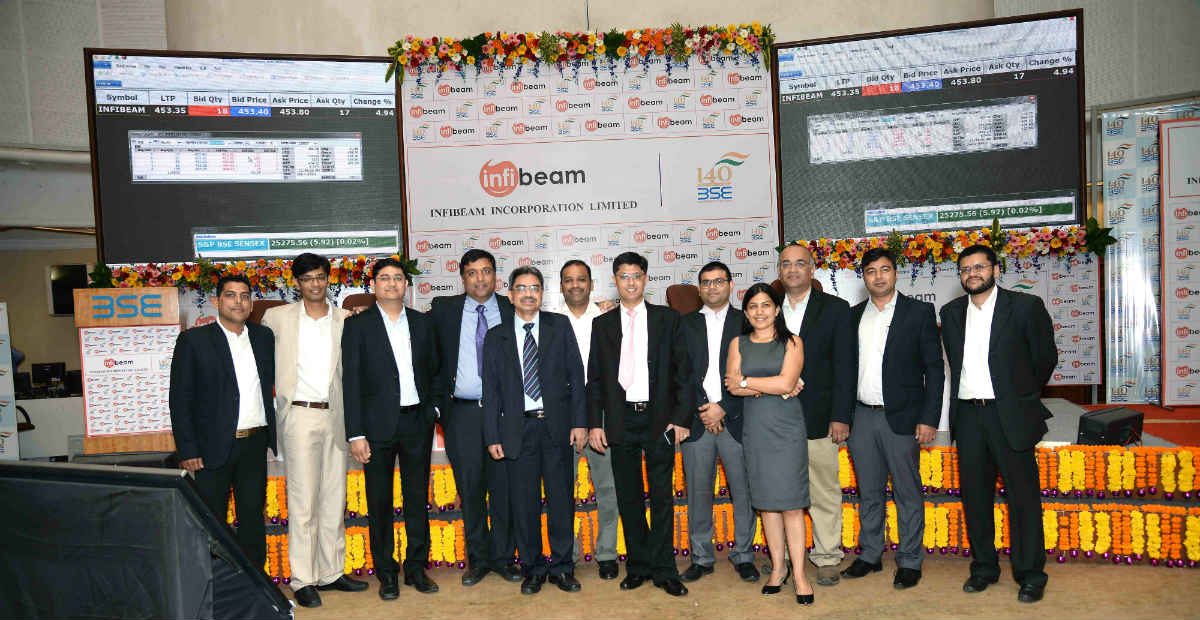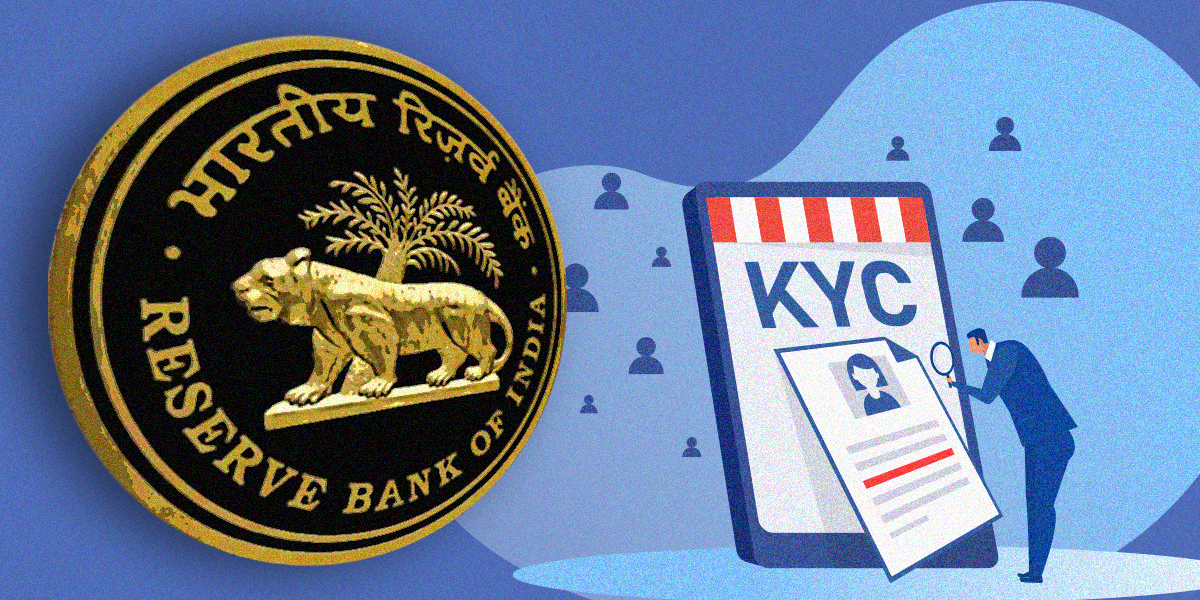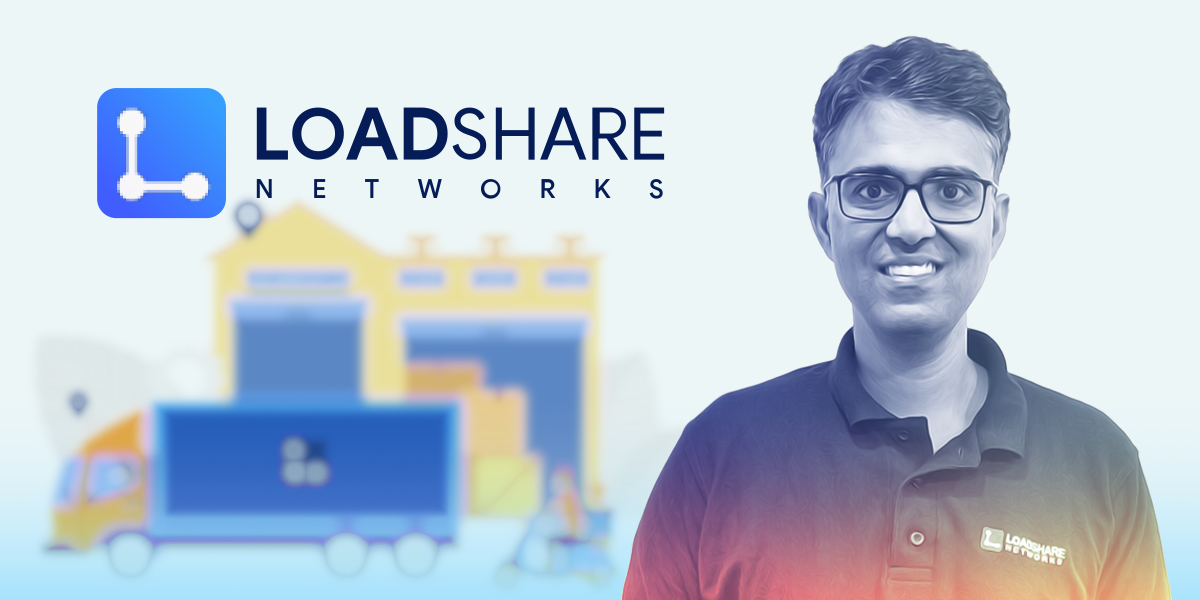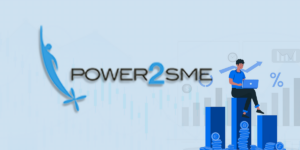The battle for e-commerce supremacy in consumer segment will be fought between Flipkart, Amazon and Paytm Mall for the next decade or more. Putting up a fight against them even with a vertical approach seems terribly difficult. So far, none of the vertical play (except Myntra) has been able to create a substantial business.
While Snapdeal and ShopClues tried creating space for themselves, their attempts appear to be hollow (given the present circumstances). Nevertheless, outliers find their way irrespective of all odds and challenges. One such outlier is Infibeam.
With a dream to create a large horizontal e-commerce entity, Vishal Mehta had left Amazon in 2007. The same year, he ended up launching Infibeam, an Amazon-like consumer-facing online store. Mehta along with a dozen core team members kept evangelising consumer-facing business fairly for about more than four years.
Somewhere in the middle of 2010, Tiger Global had infused $10 million in Flipkart followed by another $20 million in 2011. The back to back rounds by Tiger in the Bengaluru-based firm had altered the dynamics of e-commerce in India.
Soon, enthused by Flipkart success in fundraising, Snapdeal pivoted to become a marketplace and raised confidence of investors including Kalaari Capital, Saama Capital, and Nexus Venture Partners.
Pivoting from B2C to B2B was pivotal
Meanwhile, Infibeam didn’t raise any external capital (while the company might have raised, no media mention of its raising any risk capital till now) by then. The capital flow in Flipkart and Snapdeal came as a reality check for Infibeam and acting best for the future of the company, Mehta began a pivot.
The pivot was not easy as it required ‘change in DNA’ – shifting gear and leavers from B2C to B2B. Infibeam had started focusing on enabling online channel for merchants and simultaneously kept chasing sustainable scale in the consumer segment.
Albeit, the pivot was somewhere lost in the priority of media that was largely concerned and caged to the glamour of funding and capital burning game. It was a monumental shift for Mehta and gang.
“By 2012, we had figured out that economics while chasing Gross Merchandise Value (GMV) in consumer-facing segment won’t match-up even in a long haul. Since we weren’t high on funding dope, we chose to back out from the capital-intensive and loss-laden path,” explains Mehta.
In the hindsight, two juniors from the same den (Amazon) – Sachin and Binny Bansal had turned out the real blue-eyed poster child and kept on attracting large investments as well as valuation. Snapdeal and ShopClues did the same. “It gave us confidence that our trajectory of focus and growth is different. Keep losing capital didn’t fit in our pivoted vision, philosophy and ability,” adds Mehta.
By 2014-15, Infibeam had struck a gold with Buildabazaar and begun plugging missing pieces for its merchant ecosystem such as logistics through Shipdroid, an aggregated logistics plug and play for merchants. “Around the same time, we thought of going public. Besides fledgling domestic merchant ecosystem, we sensed consistent business demands from overseas operations such as the Middle East,” says Mehta.
Infibeam IPO: A whiff of fresh air in Indian e-commerce
Finally, Infibeam had staged a successful IPO and since then simply catching attention through its surging revenue and profit. It had recorded 90 per cent growth in revenue in FY18 over the preceding fiscal with a whopping 102 per cent rise in net profit. The company had posted a revenue of 839.3 crore in last fiscal along with a net profit of Rs 88.1 crore.
Interestingly, a large amount of revenue growth in FY18 was driven by its payment affiliate CCAvenue. For uninitiated, Infibeam had acquired the payment gateway company in July last year. “Growth in revenue, as well as profit, were the output of value and volume of transactions we had processed in FY18,” points out Mehta.
With a little over 100 million transactions, Infibeam had reported GMV of Rs 21,550 crore. The aforementioned figure implies that it had an average ticketsize of over 2,100. “We had made some money on every transaction,” says Mehta.
CCAvenue and Unicommerce: Missing pieces of IWS ecosystem
While a majority of acquired entities in startup parlance failed to serve a purpose beyond than weeding out a ‘competition mindset’, Infibeam demonstrated awesome results by acquiring CCAvenue. “It accounted about 35 per cent of overall revenue in the quarter ending March,” says Mehta.
Besides web presence, digital marketing and payments, e-commerce focused merchants require warehouse and backend management. To empower traditional business with efficient warehouse management, Infibeam had acquired Unicommerce from Snapdeal for about Rs 120 crore.
“Both acquisitions are turning out very well for our platform play,” says Mehta.
Infibeam Web Services (IWS) covers online presence through Buildabazaar and accompanied by services including payment (via CCAvenue), warehouse management (via Unicommerce) and in-house ERP and digital market services.
“Payments was the highest volume churning business for us followed by Buildabazaar and Government e-marketplace (GeM),” says Mehta.
Evangelising tail-product strategy: Infibeam secret sauce in B2C segment
While the likes of Flipkart, Amazon and others focus on high-frequency verticals such as new mobile, TV and other electronics and fashion lines by well-known brands, Infibeam tends to focus on products which brands find tough to sell with traditional and GMV oriented online platforms.
“Brands require channels to sell less popular or previous versions of an evolved product. None of the horizontal players is eyeing this segment seriously. We identified it as our backbone of B2C offerings,” concludes Mehta.
Unlike high-frequency products that offer wafer-thin margin, Infibeam priority to focus on long tail product segments is interesting. It would be enticing to watch whether the company can make its consumer-facing business equally profitable and promising alike B2B offerings.














